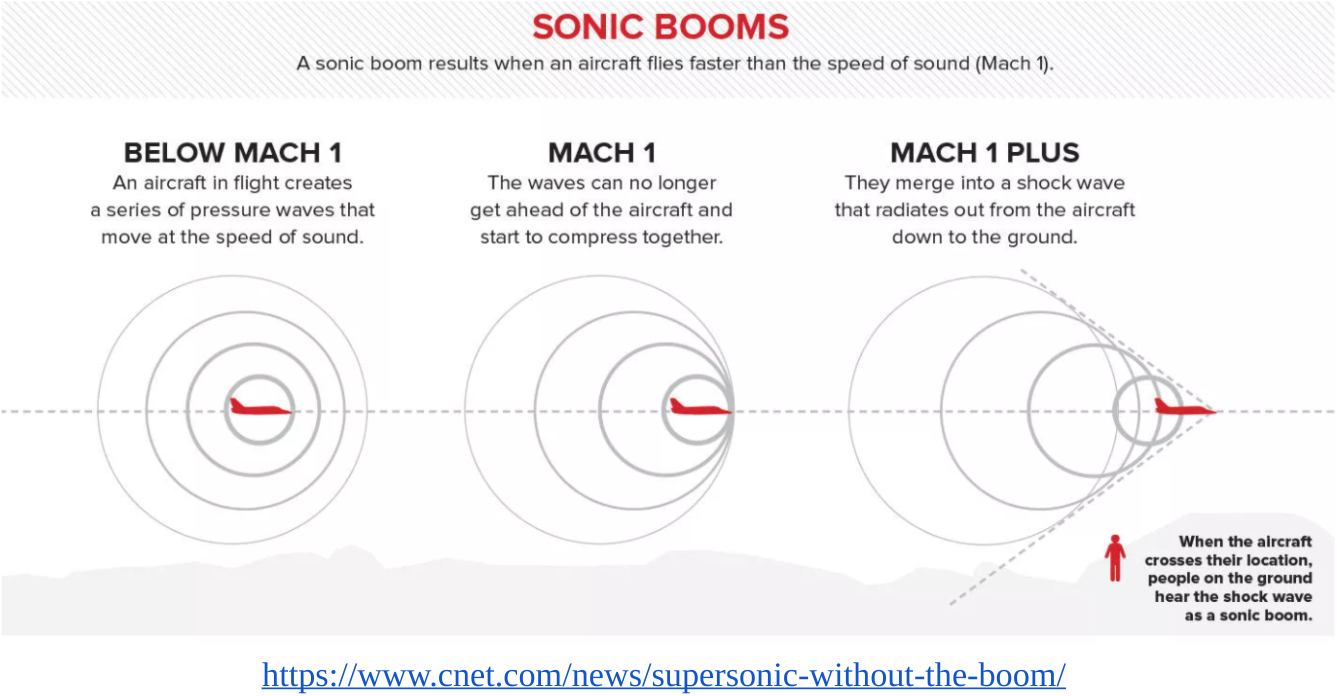

Sound and its Medium
Now that medium is finally on the stand, we can delve deeper into what this means. The three states of matter that we know to exist are gas, liquid, and solid. We consider these to be the medium in which sound is traveling. Particles in each state are vibrating back and forth through these mediums. Thus, there is no sound in space because there is nothingness.


The main effect that medium has on sound is its speed. The speed of sound (v) through its medium is a battle between its bulk modulus constant value (B) and its density (p-rho). “Bulk modulus, numerical constant that describes the elastic properties of a solid or fluid when it is under pressure on all surfaces.”(Britannica n.d.) Essentially bulk modulus is a measurement for how stiff the medium is. For liquids and gas, density is usually the determining factor of the speed. Comparing the images above, we can visually see how a denser medium actually allows for a greater speed of sound. In fact, the speed of sound in steam at 100 degrees C is 477m/s, while under water it is more than 3 times that speed at 1,480m/s. However, it is more tricky for solids in that stiffness (bulk modulus) of the solid often has a greater influence on the speed of sound rather than just density. Temperature also plays a role in the speed of sound as molecules at higher temperatures are already excited with more energy and ready to vibrate.
Now if you made it this far through all that mumbo jumbo, I will now reward you with what a sonic boom is! As we all know, sonic booms are pretty dang loud, and from the images above we can see the shock wave behind the jet. This occurs when the jet is traveling faster than the speed of sound. (Mach 1 ~761mph) When the jet is traveling faster than the speed of sound, the sound energy still needs to go somewhere, it is dispersed as a sonic boom.
Sonic Boom